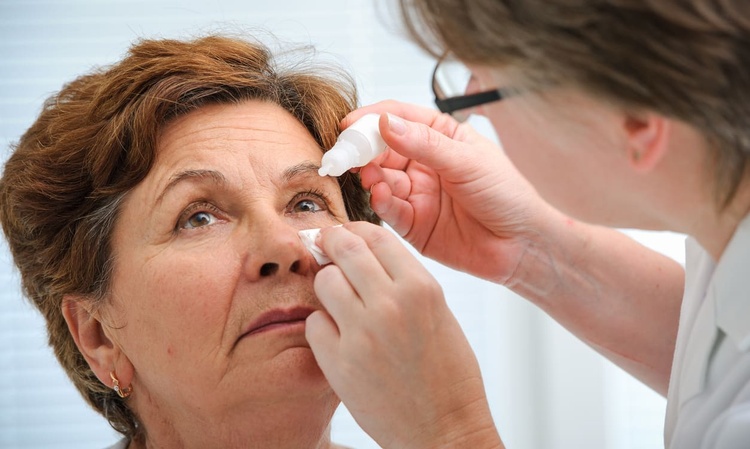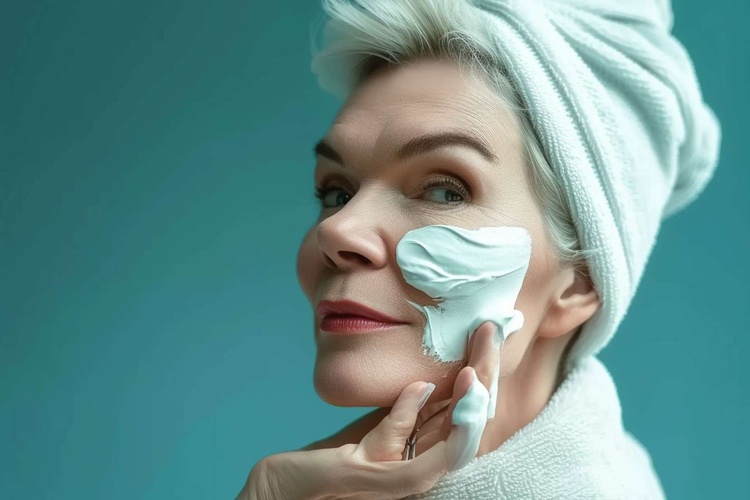Recovery Guidelines for Laser Eyelid Correction Patients
Laser eyelid surgery offers a minimally invasive approach to addressing droopy eyelids, excess skin, and vision obstruction around the eyes. Understanding the recovery process is crucial for achieving optimal results and minimizing complications. This comprehensive guide provides essential information about post-procedure care, expected healing timelines, and important considerations for patients considering or recovering from laser eyelid correction procedures.

Laser eyelid correction has revolutionized cosmetic and functional eye surgery by providing patients with a less invasive alternative to traditional surgical methods. The recovery process requires careful attention to post-operative instructions and realistic expectations about healing timelines.
What Is Laser Eyelid Surgery and How It Works
Laser eyelid surgery, also known as laser blepharoplasty, uses focused laser energy to remove excess skin, tighten tissues, and address functional or cosmetic concerns around the eyelids. The procedure typically involves making precise incisions using CO2 or erbium lasers, which simultaneously cut tissue and seal blood vessels to reduce bleeding and swelling. This advanced technique allows surgeons to work with greater precision while minimizing trauma to surrounding tissues. The laser’s heat also stimulates collagen production, which can improve skin texture and firmness over time. Most procedures are performed under local anesthesia and take between one to three hours depending on whether upper lids, lower lids, or both are being treated.
Key Benefits: From Droopy Lids to Vision Improvement
Patients choose laser eyelid correction for both functional and aesthetic reasons. Droopy upper eyelids can significantly impair peripheral vision, making daily activities like driving or reading more challenging. The procedure effectively removes excess skin that hangs over the eye, restoring a clearer field of vision. Cosmetically, laser treatment addresses under-eye bags, wrinkles, and sagging skin that can make individuals appear tired or older than their actual age. The precision of laser technology often results in less bruising and swelling compared to traditional scalpel methods. Additionally, the laser’s ability to tighten skin through controlled thermal injury can provide longer-lasting results. Many patients report improved confidence and comfort in social and professional settings following successful recovery.
Who Is a Good Candidate and What Results to Expect
Ideal candidates for laser eyelid surgery are generally healthy adults with realistic expectations about outcomes. Good candidates typically have excess eyelid skin, fat deposits causing puffiness, or functional vision problems due to drooping lids. Age is less important than overall health status and skin quality. Patients with certain medical conditions, including dry eye syndrome, thyroid disorders, or bleeding disorders, may not be suitable candidates. Pre-surgical consultations involve comprehensive eye examinations and discussions about medical history. Results become apparent as swelling subsides, typically within two to four weeks, with final outcomes visible after several months. Most patients experience significant improvement in both appearance and function, though individual results vary based on skin elasticity, healing capacity, and adherence to recovery guidelines.
| Provider Type | Average Cost Range | Key Features |
|---|---|---|
| Plastic Surgery Centers | $3,000 - $7,000 | Comprehensive care, multiple laser options |
| Ophthalmology Practices | $2,500 - $6,000 | Medical focus, vision improvement emphasis |
| Cosmetic Surgery Clinics | $2,000 - $5,500 | Aesthetic specialization, package deals |
| Academic Medical Centers | $3,500 - $8,000 | Research-based approaches, resident training |
Prices, rates, or cost estimates mentioned in this article are based on the latest available information but may change over time. Independent research is advised before making financial decisions.
Essential Recovery Timeline and Expectations
The first 48 hours following laser eyelid surgery are critical for proper healing. Patients should expect mild to moderate swelling and bruising around the treatment area. Cold compresses applied for 10-15 minutes every hour can help minimize swelling. Most surgeons recommend keeping the head elevated while sleeping for the first week. Prescription eye drops or ointments may be necessary to prevent dryness and infection. Sutures, if used, are typically removed within five to seven days. Light activities can usually resume within a few days, but strenuous exercise should be avoided for at least two weeks. Vision may be temporarily blurry due to swelling or prescribed ointments, but this typically resolves within the first week.
Managing Discomfort and Potential Complications
Pain management following laser eyelid surgery is generally straightforward, with most patients experiencing only mild discomfort. Over-the-counter pain relievers are often sufficient, though stronger medications may be prescribed for the first few days. Signs of complications requiring immediate medical attention include severe pain, significant vision changes, excessive bleeding, or signs of infection such as fever or unusual discharge. Temporary side effects like dry eyes, sensitivity to light, or difficulty closing eyes completely are normal during the initial healing period. Following all post-operative instructions, including proper wound care and medication schedules, significantly reduces the risk of complications and promotes optimal healing outcomes.
This article is for informational purposes only and should not be considered medical advice. Please consult a qualified healthcare professional for personalized guidance and treatment.




